Description
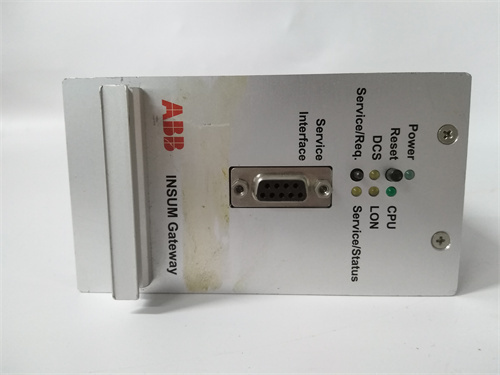
Parameter Specifications
Power Supply: Typically operates on a 24V DC power supply, with an allowable voltage deviation of ±10% to ensure stable performance under different power conditions.
Input/Output Configuration: It is likely to have a set of digital inputs and outputs. For example, there could be 8 digital inputs capable of detecting 0 – 24V signals from sensors or switches, and 4 digital outputs with a current – carrying capacity of up to 2A at 24V DC for controlling small – to – medium – sized actuators.
Communication Interface: May support common industrial communication protocols such as Modbus RTU over an RS – 485 interface. This enables seamless data exchange with other devices in an industrial network, with a configurable baud rate ranging from 9600 bps to 115200 bps.
Uses
Signal Monitoring: The digital inputs are used to monitor the status of external devices like limit switches, proximity sensors, or pressure switches. This information can be used to determine the state of a machine or a process.
Control Execution: Based on the input signals and pre – programmed logic, the digital outputs send control signals to actuators such as relays, solenoids, or small motors. This allows for the automation of industrial processes, like starting or stopping a conveyor belt.
Data Transmission: Through the communication interface, it can transmit the monitored data to a central control system or receive control commands from a higher – level controller.
Weight and Dimensions
Weight: Approximately 250 grams, which is relatively light and easy to handle during installation and maintenance.
Dimensions: It has a compact design, with a length of about 100 mm, a width of 70 mm, and a height of 50 mm. This compact size makes it suitable for installation in control cabinets with limited space.
Characteristics
Reliability: Built with high – quality components, it can operate stably in harsh industrial environments. It is resistant to electromagnetic interference, vibrations, and temperature variations within a range of – 20°C to 60°C.
Ease of Configuration: The device can be easily configured using software tools. Parameters such as input/output settings and communication protocols can be adjusted according to specific application requirements.
Scalability: It can be easily integrated into existing industrial control systems and can be expanded by adding more similar modules if more input/output channels are needed.



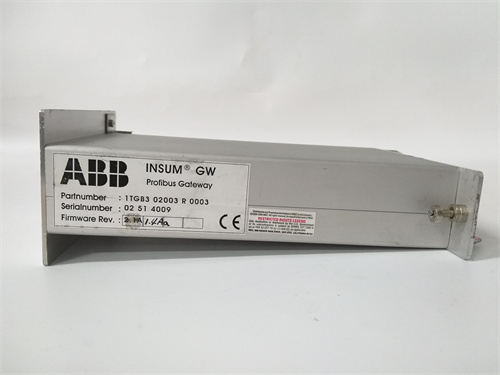



.jpg)
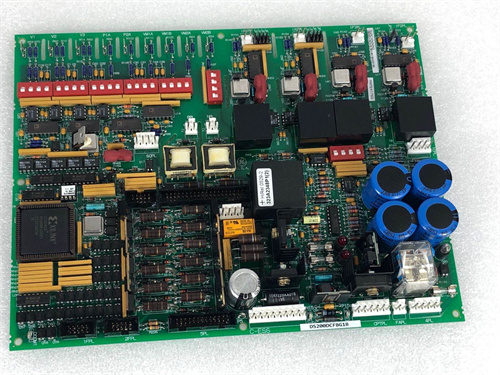
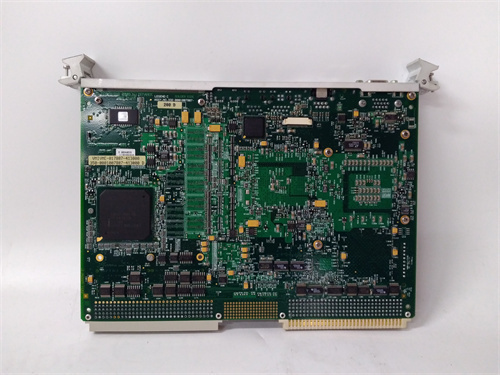

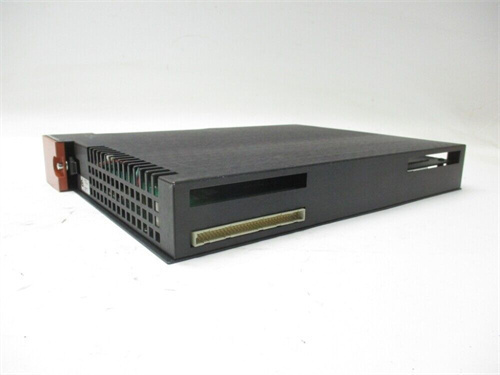
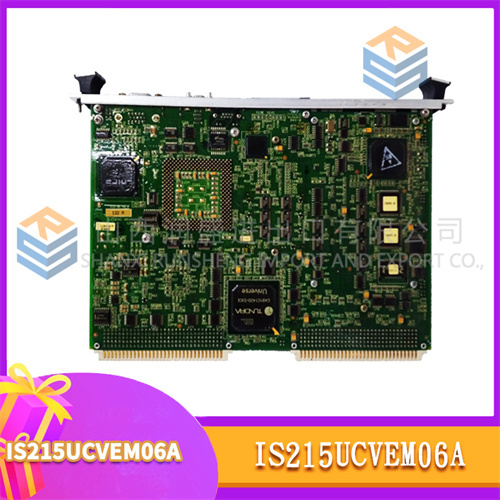
Reviews
There are no reviews yet.